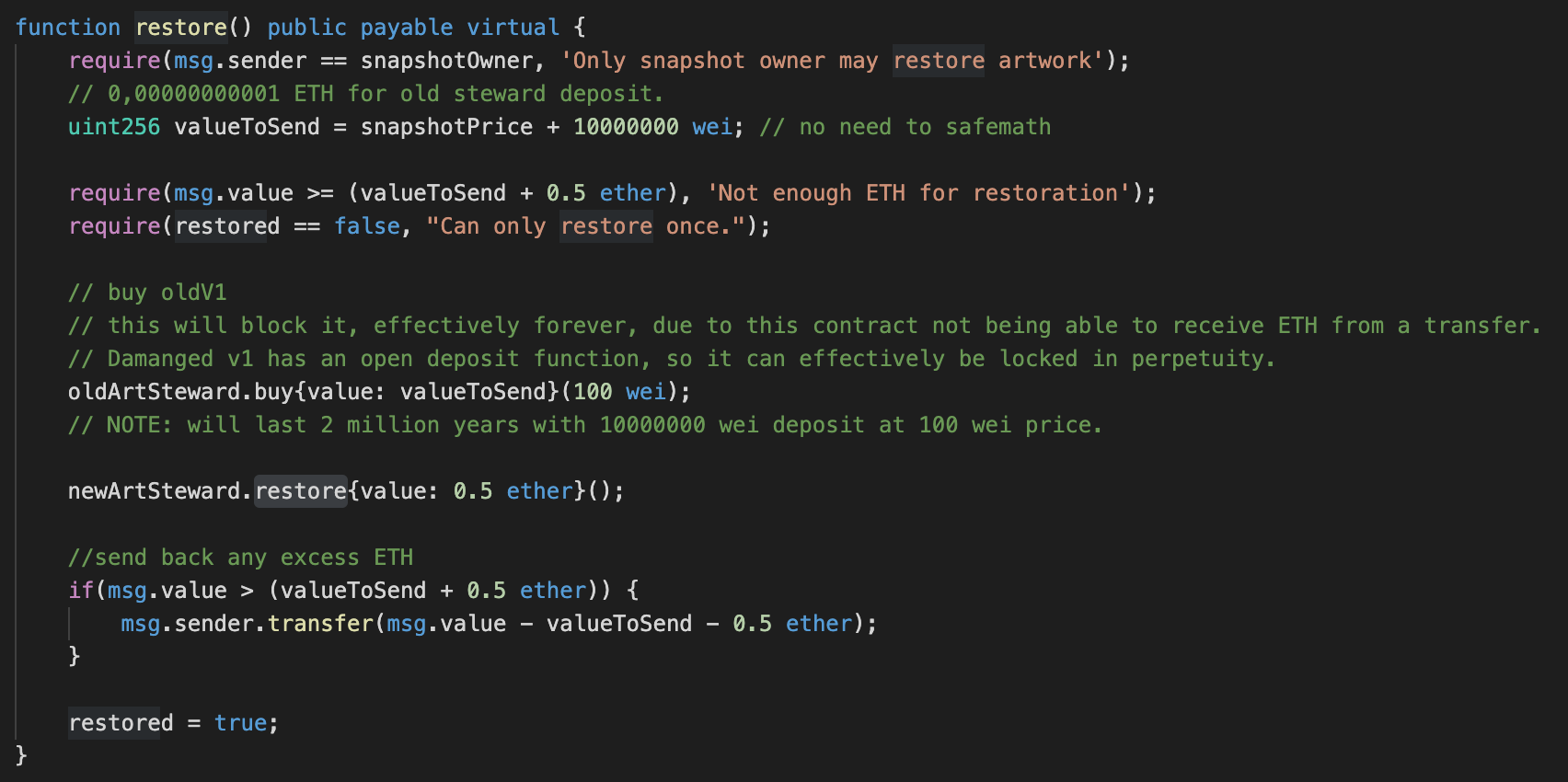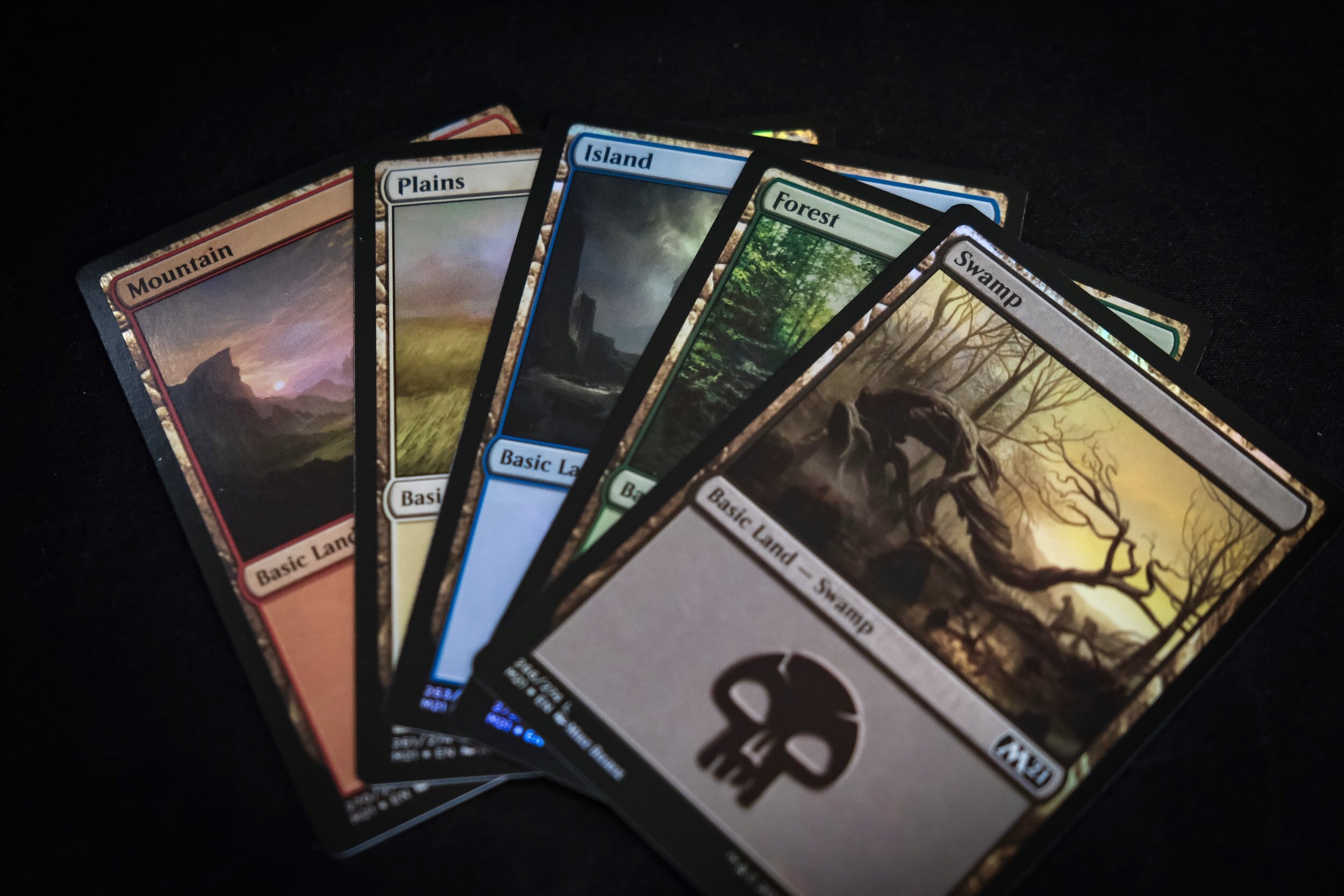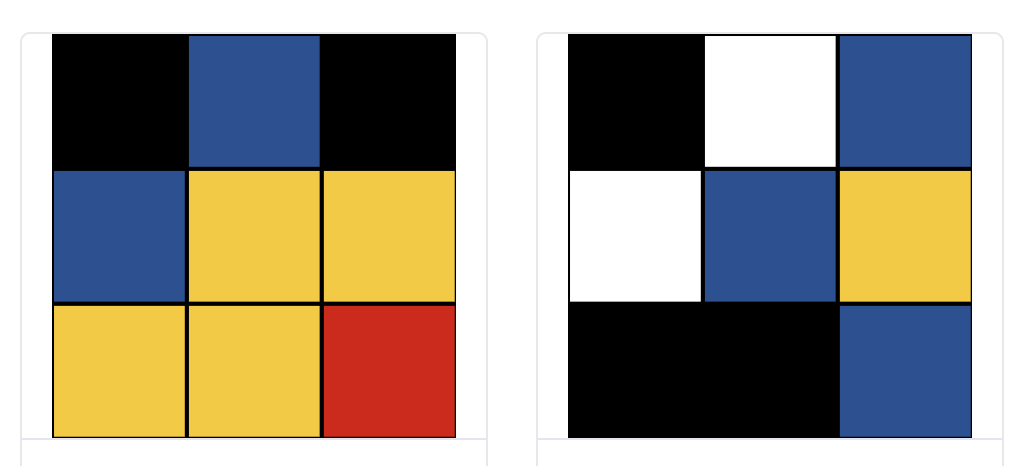The Signature: Exploring Time & Provenance in NFT Art.
“The Signature” is a conceptual art project that explores the importance of the provenance of an artwork in relation to it being used as an NFT.
Decentralized Autonomous Artists
On Oct 24, 2021, Botto, a “decentralized autonomous artist” sold its first work for ~$325,000 (79.421 ETH). Slowly, but surely, all the requisite components have matured for crypto-based autonomous artists to take center stage. We now have broader adoption in crypto, NFTs, DeFi, DAOs, GPT-3, Generative Art, & GANs. There are a handful of projects exploring this intersection, and they surely won’t be the last. Let’s delve into what they are, and what could likely happen. I’ll cover early explorations (Plantoid, AI ArtDAOs, Artonomous, Clovers) to current projects like Neolastics, Abraham, NounsDAO, & Botto.
Flavours of On-Chain SVG NFTs on Ethereum
NFTs, as unique items on the blockchain, has a URI that points to data containing the metadata & the corresponding visuals. This URI can be an HTTP link, pointing to a video or image hosted on a normal server, or other services like IPFS (hash-based addresses), or Arweave (incentivized hosting of hash-based content). There is another way, however, a format that's become increasingly popular: the usage of a data URI. These URIs contain all the information within it. There is thus no server at the other end. Using data URIs has allowed NFT creators to experiment with putting all the content related to an NFT 'on-chain'. It adds a vector of permanence to the art. If Ethereum continues, it does not need ancillary infrastructure to support it. A common format currently is to store the NFT visuals as SVG, since most browsers are able to natively parse it. I do a deep dive in how different projects have been using SVG on-chain.
The Story of Restoring A Digital Artwork That Is Always On Sale
Art restoration & conservation is a natural part of the lifecycle of physical art. In some cases, like in Japanese Kintsugi, the repair of an object is made visible, and is seen as desirable. What happens in the case of a digital artwork NFT? Or, perhaps, even more complicated: what happens in the even that it is also an artwork that is always on sale? Due to damage in the first artwork that is always on sale, along with the help of the patron, I restored it.
Exploring NFT Expansion Packs
One of the interesting components about NFTs-as-media is that most of them can be programmed. This opens up the possibility of adding additional features (new visuals or functionality) to them in the form of expansion packs. This can either be officially licensed, or in the case of permissible licensing (creative commons), be freely remixed and played with by community members. I want to explore what expansion packs could look like.
Neolastics: Liquid, On-Chain, Generative Art
Neolastics is a new digital art project that I created that allows collectors to mint (and burn) new randomly generated pieces of neoplasticism inspired digital art. It’s liquid, meaning that at any point, a collector may choose to burn their piece to receive a reward from a communal reserve (a bonding curve). This project is a continuation of experiments and ideation from 2016 around the creation of autonomous artists.
Artistry In The Age of GPT-3
Will AI replace human creators? Will the next great story be written by an AI? Will we care as much? Considering that AI, like GPT-3, is informed by existing data, is its creations considered, ‘original’?
Does intent, matter?
This Artwork Is Always On Sale v2
On 21 March 2019, I released the first NFT collectible that was always-on-sale using “Harberger Tax”. In order to keep the collectible, you pay a tax based on a price that you have to specify. This price must always be set. It is called: “This Artwork Is Always On Sale”. As artist, I’ve received ~18.4 ETH since then as patronage. It turned over 3 times, before being held by the same patron since then. It is valued at 240 ETH (currently). In it, I asked a few question as it relates to this being conceptual art experiment. I try to answer them and share the release of v2 artwork.
Infinite Stories in Blockchains
These are my speaking notes from talk at the WIP meetup that formed part of the Virtual Rare Arts Festival that kicked off in Cryptovoxels. Looking at blockchains and how we could tell infinite stories with it.
New Markets In The Arts #3: Markets as Medium
Markets themselves is an approximation of many individual self-interests, and thus it is a reflection of society. If we can utilize markets as a medium in art and not shy away from it, perhaps we might learn more about ourselves.
New Markets In The Arts #2: Generative Art Economies
Art is everywhere. This hasn't been more true in our modern era, where anyone, and ultimately any *thing* could create art. With powerful computers and the proliferation of machine learning, it's running head-first into art, and boy, is it fun. Somewhere, in all the latent space of potential art, lies patterns that will move us, and we can task our friendly mechanical friends with crypto-economics to go find them.
New Markets In The Arts #1: Property Rights
Blockchain technology has allowed us to re-imagine the arts. As a movement, it's been rife with seemingly disparate narratives: people adopting its cocktail of hashes & cryptography as a Rorschach test for their beliefs. It's simultaneously the most anarchist, most libertarian, most egalitarian, most socialist, most freeing, most authoritarian technology. I've always seen it as a tool empower creatives. In this post, I explore property rights experiments with new markets in the arts.
Clovers & Continuous Economies Around Algorithms
I'm really happy to see Clovers finally go live! It's a blockchain application where you collect unique patterns of finished games of Othello (called Clovers). The most prized ones are those that exhibit symmetry. It's fun, quirky, nerdy, arty, but interestingly: a step forward in building economies around algorithms themselves.












